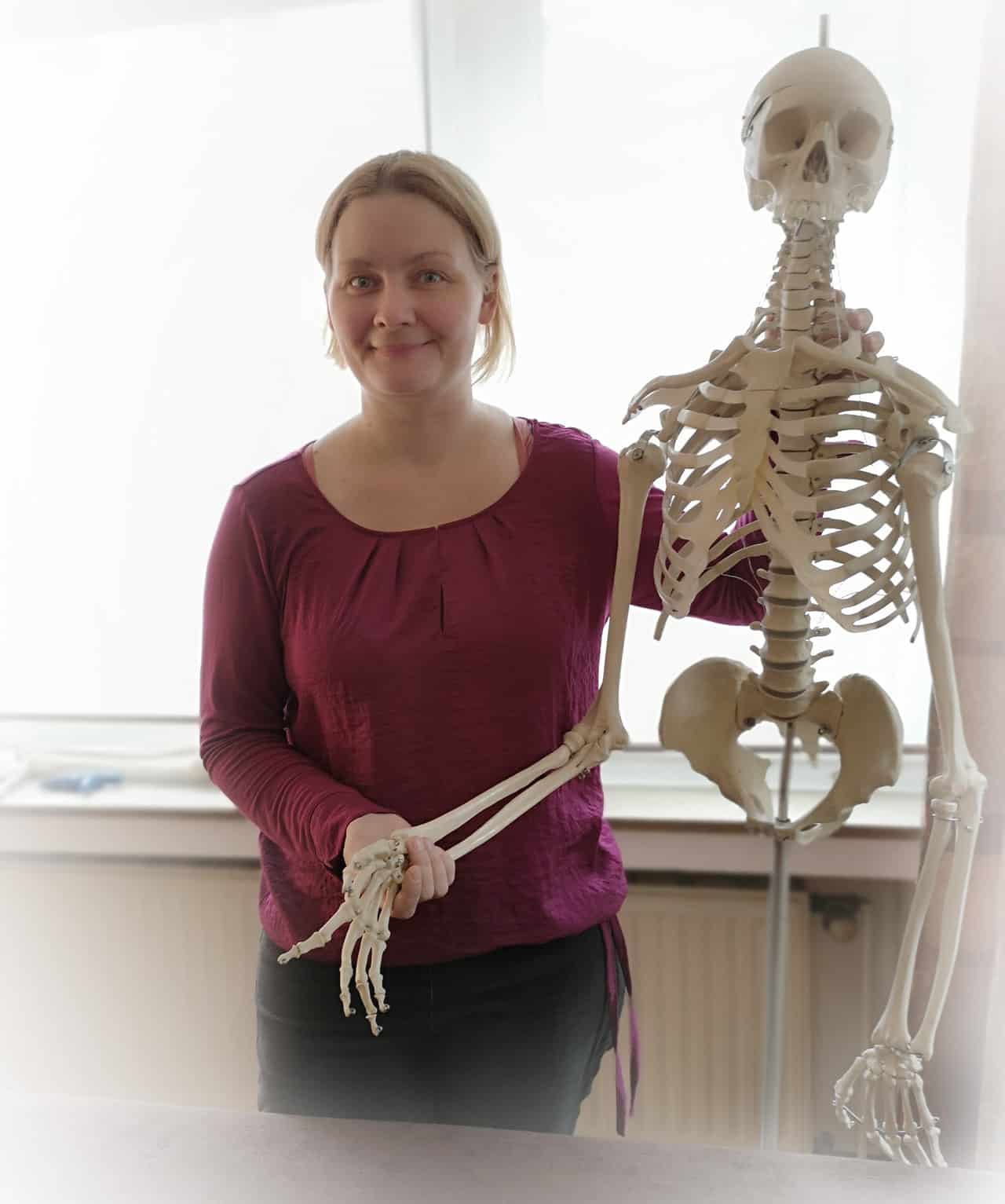Osteopathy is a manual, gentle treatment method. It releases blocks in the body in order to allow the body’s self-healing ability to be activated. Osteopathy can be applied to a variety of issues and each treatment is adjusted to the individual need of the body by means of a wider spectrum of different techniques.
Any first time treatment begins with an in-depth case history. It is vital for the osteopath to ask a patient for a detailed account of their health problems, past and present, so that he/she can have a clear picture and ensure that there is no underlying pathologies which could make the treatment unsafe for the patient.
The treatment itself can be either very gentle or more structural, depending on a patient’s needs. With that it is worth mentioning that a blockade in the body could be located away from a painful area. For example: headaches could be caused due to blockages in the pelvis and back pains due to blockages to the ankle joint.
A holistic understanding of the patient‘s body can offer the osteopath a valuable advantage and result in a successful treatment outcome. It is this very self-healing ability that the human body has and osteopathy draws from, which in theory means that osteopathy is limitless.
On the day of the treatment, the patient should drink a lot of water and, if possible, refrain from undertaking any strenuous activities. To stay active is of course desirable but everything should be done in variation.

